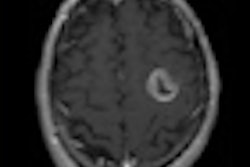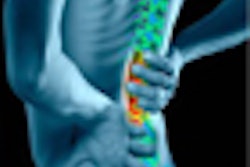With the help of functional MRI (fMRI), researchers have found that patients whose intraprocedural apparent diffusion coefficient (ADC) values increase or decrease by more than 15% are more likely to have a favorable anatomic tumor response one month later, according to a study in the World Journal of Gastroenterology.
The study, published online on July 7, was led by Reed Omary, MD, from Northwestern University in Chicago. He and his colleagues used fMRI to measure changes in tumor activity at the time of treatment and compared them to tumor structural changes on conventional MRI at standard one- and three-month follow-up periods.
ADC values have been shown to change within days to weeks after therapy, which is earlier than changes seen by conventional hepatocellular carcinoma (HCC) anatomic size assessment. The results are encouraging, the researchers noted, because early knowledge of HCC response after initial therapy is essential to revise prognosis and guide future therapy.
Related Reading
Study offers strategy for managing incidental findings on fMRI, July 6, 2010
Resting fMRI exam may predict stroke and brain injury outcomes, March 30, 2010
MRI shows impact of video games on brain regions, February 9, 2010
MRI shows that exercise may increase brain volume, February 1, 2010
Neuroimaging provides clearer picture of brain dysfunction in schizophrenia, August 5, 2009
Copyright © 2010 AuntMinnie.com



















